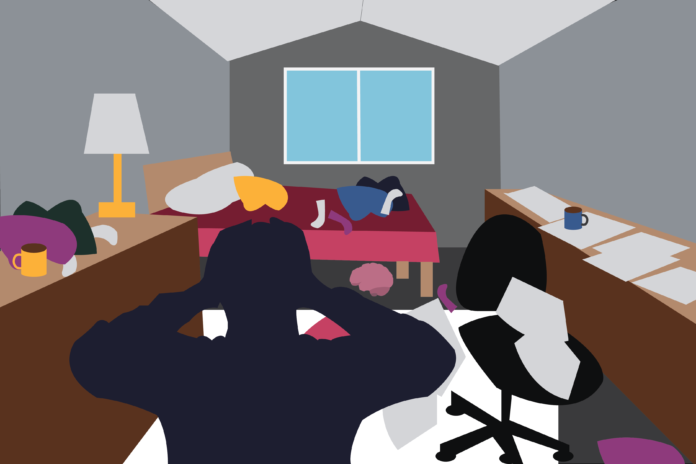Hyperactivity is only one of many symptoms of the disorder, and it doesn’t manifest itself as often in girls
By AUDREY BOYCE — afboyce@ucdavis.edu
Contrary to common belief, ADHD is not just limited to disruptive young boys who cannot sit still in their seats. The ADHD diagnosis for females doubled from 1997 to 2016. However, there is still a significant gender gap between diagnoses. As of 2019, 11.7% of males have been diagnosed as opposed to only 5.7% of females.
From my experiences in grade school, it seemed like many girls were described as “polite” and more likely to sit in their chairs and be still. Being rambunctious and disruptive was more typical of young boys. Although there are many exceptions, this was often the case. If a girl struggles with her grades or scores lower on standardized tests, ADHD was not considered the cause of this because “she is mellow and quiet.”
It often is not until females reach puberty that they show more clear symptoms of ADHD. They may be referred to as “spacey” and may struggle to pay attention, constantly lose things or continuously forget to do daily tasks. However, because they were not hyperactive as children, often nobody suspects ADHD is the cause.
In my experience, the best way to describe the way the ADHD mind works is like a movie being made without a director. All the actors, the camera crew and the writers have the skills and capabilities to do their jobs, but there is nobody to organize all the moving parts, so the result is chaos. The actors, camera crew and writers represent different parts of a brain that function director-less.
According to Medical News Today, female symptoms include more inattentiveness, depression and anxiety, whereas men are more likely to have higher rates of impulsivity and hyperactivity. Since women display these more internal symptoms in comparison to external ones, they are highly underdiagnosed.
Even though ADHD is often most noticed in females when they reach puberty, for males, it can be quickly detected in childhood. According to the DSM-5 (The Diagnostic and Statistical Manual of Mental Disorders), a requirement in order to be diagnosed is “several inattentive or hyperactive-impulsive symptoms to be present before age 12 years.” Clearly, the DSM-5 targets the behaviors most often associated with males with ADHD for diagnostic criteria.
In addition to outdated diagnostic criteria, societal expectations for girls and boys can affect their tendency to express the same amount of hyperactivity. While young girls are often expected to play quietly, many young boys are outside learning how to tackle each other in football. I believe the developmental norms of play may affect the degree to which symptoms are outwardly visible for girls versus boys.
Professionals are not the only ones contributing to girls being underdiagnosed. Because of these stereotypes about ADHD, parents and teachers often do not think about having their child tested for the disorder. For any mental disorder, having a diagnosis provides clarity on whether or not someone decides to take medication or seek out therapy.
It is essential that the stereotypes surrounding ADHD are broken and that girls and women can get the treatment and clarity they may need.
Written by: Audrey Boyce — afboyce@ucdavis.edu
Disclaimer: The views and opinions expressed by individual columnists belong to the columnists alone and do not necessarily indicate the views and opinions held by The California Aggie.





